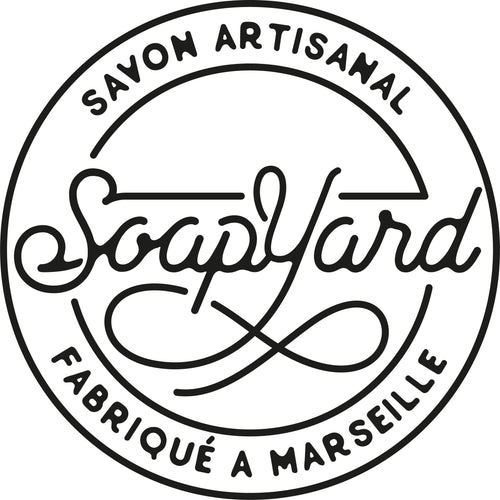⚓︎ 10 Seafaring Cities
That Shaped Soap
Why Ports Matter to Soap
Long before global logistics became a spreadsheet, the business of getting clean depended on wind, sail, and bustling harbours. Olive oil, barilla ash, palm kernels, spices, and fragrant resins had to cross seas before they ever touched a soap‑maker’s vat. Each port wove its own ingredient story, blending local craft with goods from faraway shores.
At Soapyard – hand‑milling our colourful savonnettes de Provence on the edge of Marseille – we owe our very existence to this salt‑sprayed network. Over the coming weeks we’ll dive into ten remarkable cities, each with a distinct role in the rise of soap: part chemistry lesson, part social history, all anchored by the sea.
Meet the Ten Ports on Our Itinerary
| # | City | Why It Earned a Place in Soap Lore |
|---|---|---|
| 1 | Marseille, France | Royal edicts, 72 % olive‑oil cubes, and four surviving cauldron factories |
| 2 | Genoa, Italy | Taggiasca olive oil and Ligurian workshops that rivalled their Provençal cousins |
| 3 | Amsterdam, Netherlands | Global VOC imports and a cultural obsession with cleanliness |
| 4 | Aleppo, Syria | The original hard soap of olive and laurel that inspired them all |
| 5 | Tripoli, Lebanon | Centuries‑old soap souks still carving bars by hand today |
| 6 | Venice, Italy | Guild‑regulated luxury soaps traded from Constantinople to the North Sea |
| 7 | Naples, Italy | Perfumed Neapolitan bars that became the status scent of 18th‑century Europe |
| 8 | Liverpool, England | Palm‑oil imports, Port Sunlight, and the birth of industrial household soap |
| 9 | Zanzibar, Tanzania | Spice‑island coconut oil that scented Victorian drawing‑rooms |
| 10 | Alicante & Valencia, Spain | Castile soap, barilla ash, and the Spanish routes that fed Europe’s laundries |
Subscribe or follow us on Instagram to catch each deep dive as it lands.

